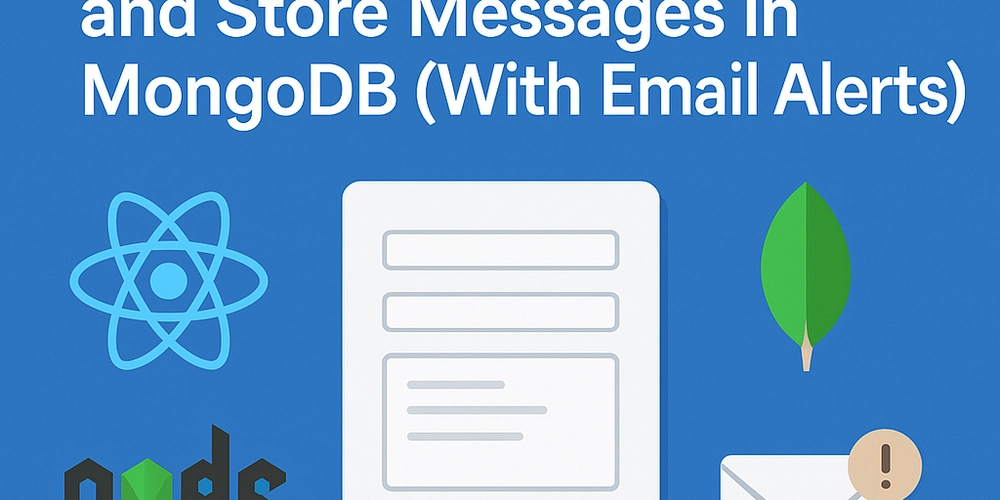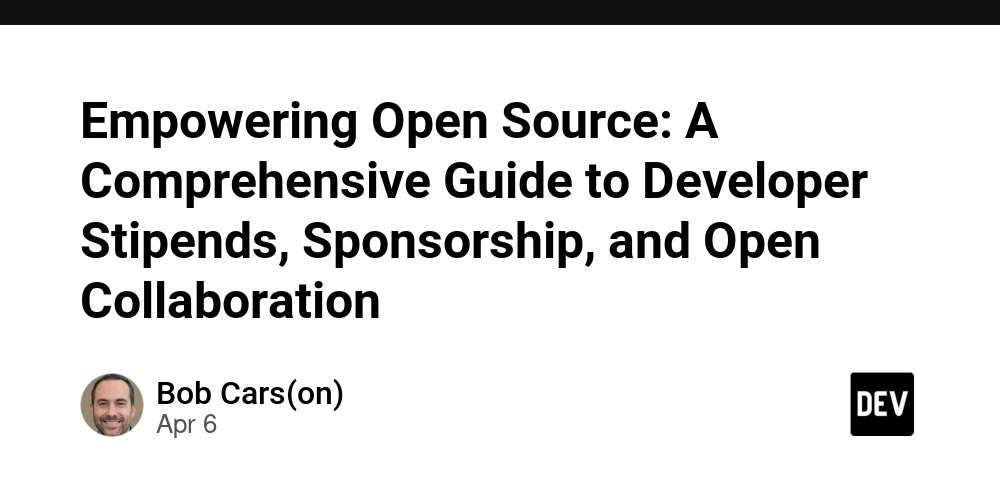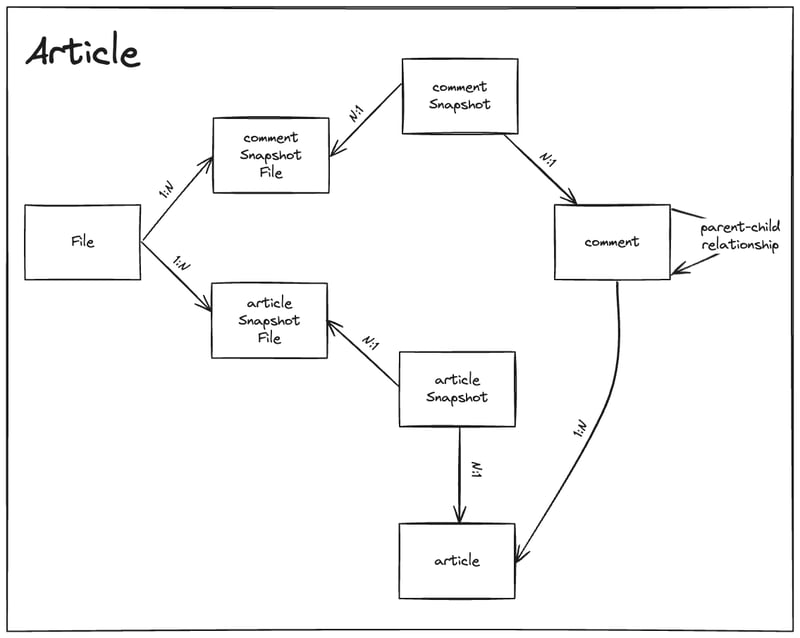Building a Ruby on Rails Chat Application with ActionCable and Heroku
Credited to: Rodrigo Souza In this guide we'll create a real-time chat application using Rails 8.0.1 and Ruby 3.4.2. Project Setup source "https://rubygems.org" ruby "3.4.2" gem "rails", "~> 8.0.1" gem "turbo-rails" Prerequisites To get started, ensure you have: Proper Action Cable configuration in cable.yml Working user authentication system Turbo Rails properly installed and configured This implementation provides a robust foundation for a real-time chat application, leveraging Rails 8's modern features for seamless real-time updates with minimal JavaScript. Key Technical Aspects Turbo Streams and Broadcasting Turbo Streams: Handles real-time updates through WebSocket connections Action Cable: Powers the WebSocket functionality (built into Rails) Scoped Broadcasting: Messages only broadcast to specific room subscribers Partial Rendering: Keeps code DRY and maintains consistent UI updates Let's break down the key broadcasting mechanisms: Room Broadcasting: broadcasts_to ->(room) { room } This establishes the room as a broadcast target, allowing Turbo to track changes to the room itself. Message Broadcasting: after_create_commit -> { broadcast_append_to room } This ensures new messages are automatically broadcast to all room subscribers. JavaScript Integration Stimulus: Manages form behavior and DOM interactions Minimal JavaScript: Most real-time functionality handled by Turbo Automatic DOM Updates: No manual DOM manipulation required Models Room Model class Room (room) { room } end Message Model class Message { broadcast_append_to room } end Controllers Rooms Controller class RoomsController Message Partial : JavaScript Reset Form Controller import { Controller } from "@hotwired/stimulus" export default class extends Controller { static targets = ["content", "messages"] connect() { this.scrollToBottom() } reset() { this.contentTarget.value = "" this.scrollToBottom() } scrollToBottom() { this.messagesTarget.scrollTop = this.messagesTarget.scrollHeight } } Routes resources :rooms do resources :messages, only: [:create] end root 'rooms#index' How It All Works Together Room Creation and Listing Users can view available rooms on the index page Each room is rendered using the _room.html.erb partial Entering a Chat Room Clicking a room link takes users to the show page The show page establishes a Turbo Stream connection Existing messages are loaded and displayed Real-time Message Broadcasting When a message is created: The form submits to MessagesController#create Message is saved to the database after_create_commit triggers broadcasting All room subscribers receive the update New message appears instantly for all users Form Handling The Stimulus controller manages form behavior After successful submission, the form is cleared The UI remains responsive throughout Code In Action You should see something like this in your browser: The Chat room should be like this: Deploying the application on Heroku To deployment on Heroku platform is pretty straighfoward. The prerequisites are: Heroku CLI installed Git repository initialized After covering all the prerequisites, let's dive into the steps to the deployment: Create a new Heroku application heroku create your-chat-app-name Add the necessary Add-ons # Add Redis add-on heroku addons:create heroku-redis:hobby-dev # Add PostgreSQL add-on heroku addons:create heroku-postgresql:mini Configure RAILS_MASTER_KEY ENV variable heroku config:set RAILS_MASTER_KEY=$(cat config/master.key) Deploy the application # Push to Heroku git push heroku main # Run database migrations heroku run rails db:migrate Request a Web Dyno heroku ps:scale web=1 Verify the deployment Check the logs from the deployment process and open the application: # Open the application heroku open # Monitor logs heroku logs --tail

Credited to: Rodrigo Souza
In this guide we'll create a real-time chat application using Rails 8.0.1 and Ruby 3.4.2.
Project Setup
source "https://rubygems.org"
ruby "3.4.2"
gem "rails", "~> 8.0.1"
gem "turbo-rails"
Prerequisites
To get started, ensure you have:
- Proper Action Cable configuration in cable.yml
- Working user authentication system
- Turbo Rails properly installed and configured
This implementation provides a robust foundation for a real-time chat application, leveraging Rails 8's modern features for seamless real-time updates with minimal JavaScript.
Key Technical Aspects
Turbo Streams and Broadcasting
- Turbo Streams: Handles real-time updates through WebSocket connections
- Action Cable: Powers the WebSocket functionality (built into Rails)
- Scoped Broadcasting: Messages only broadcast to specific room subscribers
- Partial Rendering: Keeps code DRY and maintains consistent UI updates
Let's break down the key broadcasting mechanisms:
Room Broadcasting:
broadcasts_to ->(room) { room }
This establishes the room as a broadcast target, allowing Turbo to track changes to the room itself.
Message Broadcasting:
after_create_commit -> { broadcast_append_to room }
This ensures new messages are automatically broadcast to all room subscribers.
JavaScript Integration
- Stimulus: Manages form behavior and DOM interactions
- Minimal JavaScript: Most real-time functionality handled by Turbo
- Automatic DOM Updates: No manual DOM manipulation required
Models
Room Model
class Room < ApplicationRecord
has_many :messages, dependent: :destroy
validates :name, presence: true, uniqueness: true
broadcasts_to ->(room) { room }
end
Message Model
class Message < ApplicationRecord
belongs_to :room
belongs_to :user
validates :content, presence: true
after_create_commit -> { broadcast_append_to room }
end
Controllers
Rooms Controller
class RoomsController < ApplicationController
def index
@rooms = Room.all
end
def show
@room = Room.find(params[:id])
@messages = @room.messages.includes(:user)
@message = Message.new
end
def create
@room = Room.create!(room_params)
redirect_to @room
end
private
def room_params
params.require(:room).permit(:name)
end
end
Messages Controller
class MessagesController < ApplicationController
def create
@message = Message.new(message_params)
@message.user_id = session[:user_id] || create_anonymous_user.id
@message.save!
respond_to do |format|
format.turbo_stream
end
end
private
def message_params
params.require(:message).permit(:content, :room_id)
end
def create_anonymous_user
random_id = SecureRandom.hex(4)
user = User.create!(
nickname: "Anonymous_#{random_id}",
email: "new-email-#{random_id}@test.com",
)
session[:user_id] = user.id
user
end
end
Views
Room Index
class="container mx-auto px-4">
class="text-2xl font-bold mb-4">Chat Rooms
class="mb-4">
<%= form_with(model: Room.new, class: "flex gap-2") do |f| %>
<%= f.text_field :name, class: "rounded border px-2 py-1" %>
<%= f.submit "Create Room", class: "bg-blue-500 text-white px-4 py-1 rounded" %>
<% end %>










































































































































































![[The AI Show Episode 142]: ChatGPT’s New Image Generator, Studio Ghibli Craze and Backlash, Gemini 2.5, OpenAI Academy, 4o Updates, Vibe Marketing & xAI Acquires X](https://www.marketingaiinstitute.com/hubfs/ep%20142%20cover.png)



























































































































![[DEALS] The Premium Learn to Code Certification Bundle (97% off) & Other Deals Up To 98% Off – Offers End Soon!](https://www.javacodegeeks.com/wp-content/uploads/2012/12/jcg-logo.jpg)


![From drop-out to software architect with Jason Lengstorf [Podcast #167]](https://cdn.hashnode.com/res/hashnode/image/upload/v1743796461357/f3d19cd7-e6f5-4d7c-8bfc-eb974bc8da68.png?#)






































































































.png?#)




.jpg?#)































_Christophe_Coat_Alamy.jpg?#)
 (1).webp?#)







































































































![Rapidus in Talks With Apple as It Accelerates Toward 2nm Chip Production [Report]](https://www.iclarified.com/images/news/96937/96937/96937-640.jpg)









































































































































